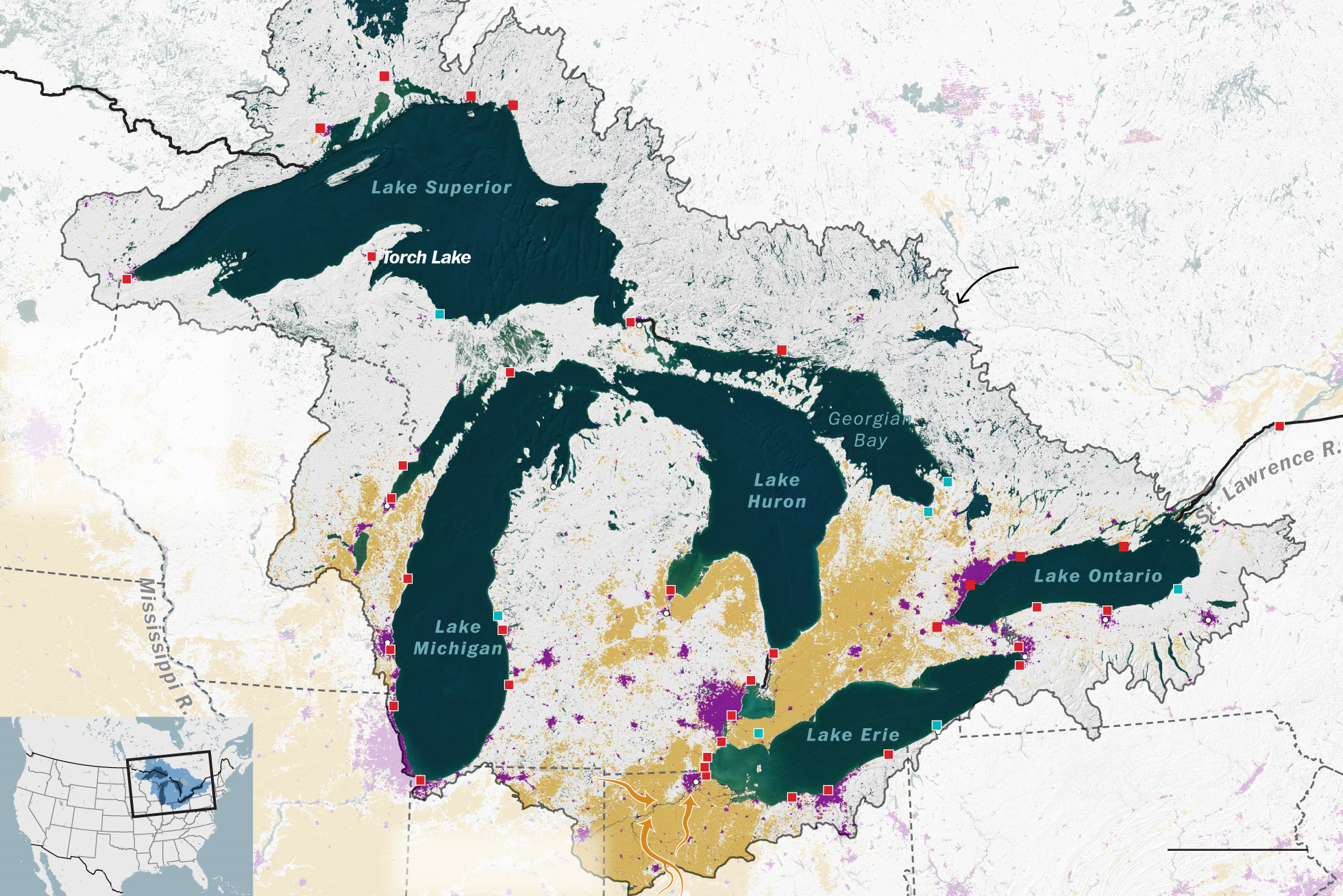
https://en.wikipedia.org/wiki/Midwestern_United_States
Does “Midwest” do it for you? I’ve always struggled with it as a good geographic descriptor. The Census Bureau didn’t even settle on its definition until 1984.
Whatever the terminology, I kind of embody it: born in Indiana, raised in Ohio, attended college in Illinois and grad school in Minnesota. I always had a Great Lake within easy reach. Maybe that is why I prefer “Great Lakes States”; I think it better defines our location, our neighbors, and the respect we have for water. Though the Great Lakes watersheds are small, they touch eight states and affect more than 30 million people in the United States and Canada.
The connection we have to water may come from our ancestors arriving by boat, fishing to put a meal on the table, vacationing by the shore, or simply being inspired by the vastness of the horizon on a Great Lake. Craig Blacklock’s 2002 project, Horizons was based on the simple rule of taking only one photo a day, from cliffs above Lake Superior. How can water and sky change so much? Some days the break between the two is stark, others so smooth it is hard to say where one ends and the other begins. I can’t imagine ever tiring of the variations.


While we may enjoy a serene surface on our Great Lakes, it hides a troubled deep. A recent book by Dan Egan, The Death and Life of the Great Lakes details the many ways we have unintentionally altered the lakes, the work that has been done to restore them, and how much is left to do. We are facing some serious challenges with proposed federal budget cuts to the EPA’s Great Lakes Restoration Initiative. Launched in 2010, it is the latest in a series of restoration efforts to protect and restore the Great Lakes.
Among other things, the EPA fights the spread of invasive species within the lakes. These non-native animals out-compete native species and disrupt the ecological balance of the lakes. Another major problem that falls in the jurisdiction of the EPA is phosphorous pollution and associated algae blooms, which can deplete oxygen and kill fish.
We are hosting Mr. Egan on May 24 in Duluth as part of our Moos Family Lecture Series. Come hear Dan as he expertly weaves the tales of how the lakes came to be the way they are and the path forward to preserve what we value most: clean water and healthy ecosystems.
— Carrie Jennings, research and policy director